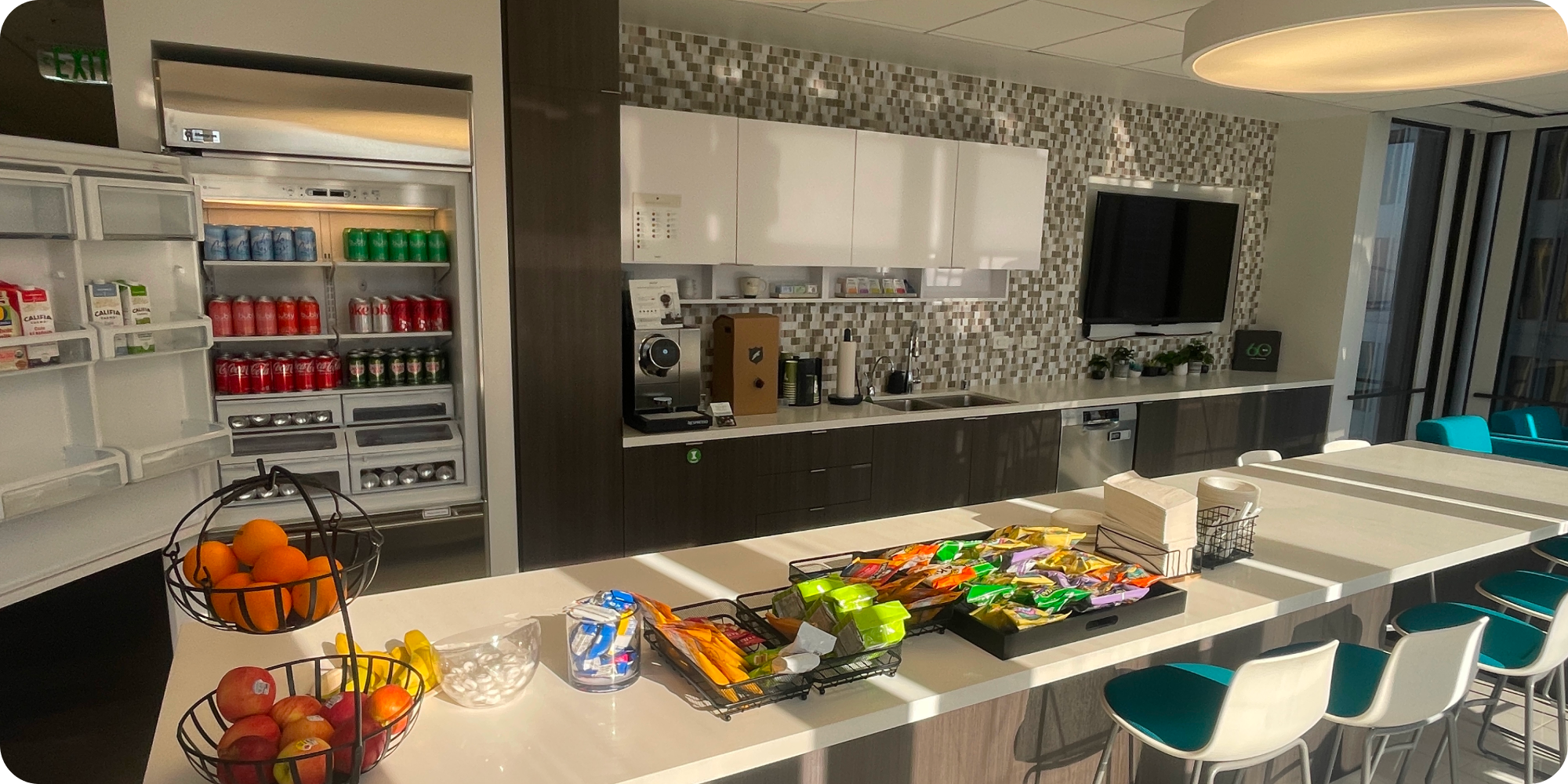A well-organized kitchen workspace can significantly enhance your productivity, whether you’re preparing meals for your family, hosting dinner parties, or working on your culinary skills. Creating an efficient and functional kitchen workspace involves a combination of smart design, good habits, and essential tools. By optimizing your kitchen layout and organization, you can minimize distractions, reduce time spent looking for ingredients or tools, and enjoy a more efficient cooking process. Here’s how to create a kitchen workspace that maximizes productivity.
One of the first steps in creating a functional kitchen workspace is planning your kitchen layout for optimal workflow. A well-organized kitchen should be designed to facilitate smooth movement between the key areas: the cooking zone (oven, stovetop), the preparation zone (counter space, sink), and the storage zone (fridge, pantry). The kitchen work triangle concept is a tried-and-true method that places these three areas in a triangular layout, reducing unnecessary movement and streamlining your cooking process.
If you’re dealing with a smaller space, consider an L-shaped or U-shaped layout, which maximizes counter space while maintaining a close, efficient arrangement of the essential kitchen elements.
Counter space is critical for productivity in the kitchen. Without ample space to chop, prep, or assemble meals, your productivity can easily be slowed down. Ensure that your countertops are clear of clutter and dedicated to tasks where you can work efficiently. Utilize your kitchen’s vertical space with floating shelves or hanging racks for storing commonly used items, such as spices or utensils, to free up precious counter space.
Additionally, consider creating designated workstations on your counters, such as a dedicated prep station with all the tools and ingredients you’ll need in one place. This can help you stay organized and focused on your tasks without unnecessary back-and-forth movements.
One of the keys to an efficient kitchen is having everything you need within arm’s reach. Organizing your tools and appliances based on how often you use them can greatly improve your productivity. For instance, place frequently used items like knives, cutting boards, and measuring cups near your prep area. Store appliances like blenders, mixers, and food processors in easy-to-access cabinets, but avoid overcrowding your workspace with gadgets you rarely use.
Consider adding drawer organizers or utensil trays to keep smaller tools like whisks, peelers, and tongs neatly sorted. Additionally, opt for stackable or modular storage solutions to keep your cabinets organized and maximize vertical space.
Modern technology can play a crucial role in boosting kitchen productivity. Invest in appliances that streamline tasks, such as programmable slow cookers, smart refrigerators, or high-performance blenders. These smart devices save you time and effort, allowing you to focus on other tasks or steps in your cooking process while they do the hard work.
Furthermore, gadgets like an automatic timer, a digital meat thermometer, or a wireless kitchen scale can help you work more efficiently and accurately, reducing the likelihood of errors in your recipes.
A functional kitchen workspace goes beyond just the layout and appliances—it also involves thoughtful storage solutions. Having an organized pantry and cabinet system ensures that everything has its place and can be easily retrieved when needed. Consider utilizing drawer dividers, pull-out shelves, or lazy Susans to store canned goods, spices, or baking ingredients in a way that allows you to see everything at a glance.
For those with limited space, utilize under-cabinet storage, over-the-door organizers, or even magnetic strips to store knives and other metal tools. Keep frequently used items at eye level or within easy reach to minimize unnecessary bending or stretching.
A cluttered, messy kitchen can hinder productivity and create a stressful environment. Make cleaning part of your kitchen workflow to maintain an efficient workspace. Wipe down surfaces after each use, keep sinks clear, and clean as you go. An organized, clean kitchen allows you to focus on the task at hand and reduces the time spent looking for misplaced tools or ingredients.
A tidy kitchen also fosters a sense of calm, making cooking more enjoyable rather than a chaotic task.
Lighting plays a huge role in the functionality of your kitchen workspace. Proper lighting helps reduce eye strain, improves your ability to see fine details, and creates a pleasant atmosphere for cooking. Use under-cabinet lighting to brighten your prep areas, and ensure that your work surfaces are well-lit. Overhead lighting should provide even coverage without creating shadows or glare. A combination of task, ambient, and accent lighting can enhance both the functionality and ambiance of your kitchen.
Creating a functional kitchen workspace for productivity requires a combination of efficient layout planning, smart storage solutions, and proper organization. By prioritizing counter space, investing in the right appliances, maintaining a clean environment, and ensuring good lighting, you can optimize your kitchen for both cooking efficiency and creativity. Whether you’re an experienced chef or a beginner, these tips will help you create a kitchen that supports your cooking and fosters an enjoyable, productive experience every time you step into it.

